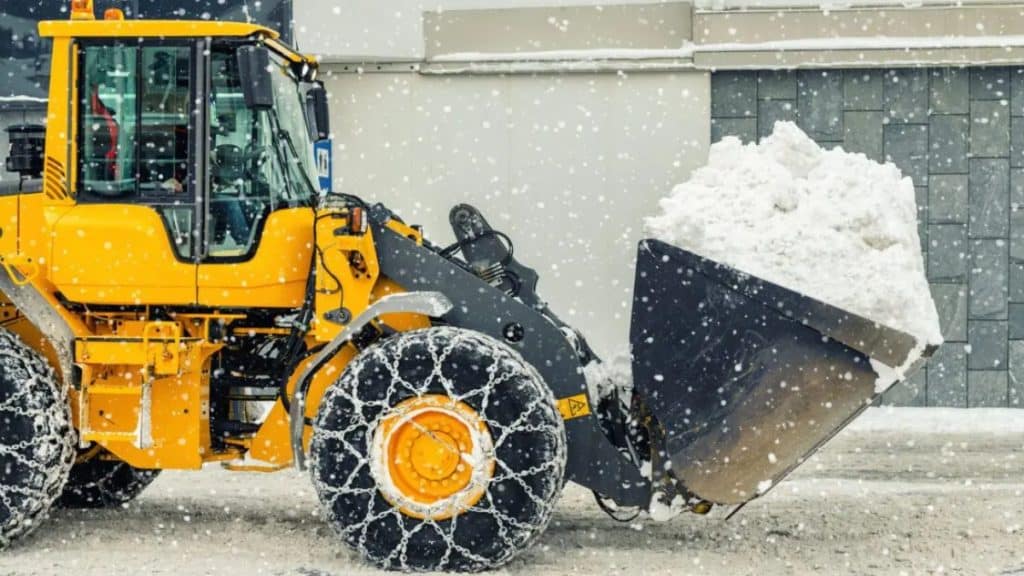When it comes to construction projects in the sunny state of Texas, Mother Nature often throws curveballs in the form of extreme weather conditions. Rain, snow, and heatwaves can significantly impact construction timelines, budgets, and worker safety. This article will explore the various challenges posed by extreme weather and discuss some effective solutions to mitigate these challenges. Additionally, it will touch upon the crucial role of Texas construction access mats in maintaining work efficiency during adverse weather conditions.
The Impact of Weather on Construction Projects
Weather conditions have a profound influence on construction projects. Unpredictable weather can cause delays, increase costs, and even lead to accidents. Here is how different types of extreme weather affect construction:
Rainy Days: Rain is a common adversary in construction. It can turn construction sites into muddy quagmires, making it challenging for heavy equipment to operate. Rain also poses a safety hazard, as wet surfaces can lead to slips and falls. Moreover, rain delays can disrupt schedules and increase project costs due to overtime labor and extended equipment rentals.
Snowy Conditions: Snow and cold temperatures can freeze construction progress. Snow accumulation can make it impossible to work on outdoor projects, and freezing temperatures can damage materials and equipment. Snow removal efforts can also divert resources and manpower away from construction tasks.
Heatwaves: On the opposite end of the spectrum, extreme heat waves can be equally detrimental to construction projects. High temperatures can lead to heat-related illnesses among workers, and asphalt and concrete can set too quickly, compromising the quality of construction. Heatwaves can also cause equipment to overheat or malfunction.
Solutions for Rain, Snow, and Heatwaves
Here are some practical solutions to tackle extreme weather conditions during construction:
Rainy Days Solutions
Tarpaulins and Temporary Shelters: Covering exposed areas with tarpaulins or setting up temporary shelters can shield work areas from rain.
Proper Drainage: Implementing effective drainage systems ensures rainwater is quickly diverted away from the construction site.
Rescheduling Tasks: Adjusting the construction schedule to prioritize indoor work during rainy periods can help minimize delays.
Snowy Conditions Solutions
Heated Enclosures: Building heated enclosures around work areas can create a controlled environment, allowing construction to continue even in freezing temperatures.
Preventing Snow Accumulation: Regular snow removal and the use of snow-melting systems on driveways and walkways can keep the site accessible.
Adaptable Materials: Using materials designed for cold weather construction can help maintain quality during freezing conditions.
Heatwaves Solutions
Hydration and Shade: Providing ample shade and encouraging workers to stay hydrated is essential to prevent heat-related illnesses.
Early Morning and Late Evening Work: Scheduling work during cooler parts of the day can mitigate the impact of extreme heat.
Cooling Systems: Employing cooling systems like misting fans or air-conditioned break areas can keep workers comfortable and safe.
Sustainable Construction Practices in Extreme Weather Conditions
Sustainable construction practices not only help combat climate change but can also improve resilience in the face of adverse weather conditions. Here’s a brief look at how sustainable practices can be integrated into construction projects:
Materials Selection: Opt for environmentally friendly materials that can withstand extreme weather. This includes choosing durable, weather-resistant materials that reduce the need for frequent replacements, lowering long-term costs and environmental impact.
Energy-Efficient Design: Incorporating energy-efficient designs in buildings can help regulate indoor temperatures more effectively, reducing the strain on heating and cooling systems during heat waves or cold spells. This, in turn, minimizes energy consumption and greenhouse gas emissions.
Green Roofs and Walls: Installing green roofs and walls can mitigate the impact of heavy rainfall by absorbing excess water and reducing the risk of flooding. Additionally, these features help regulate indoor temperatures, making buildings more comfortable during heatwaves.
Renewable Energy Sources: Harness renewable energy sources such as solar panels and wind turbines to power construction sites. These sources are less susceptible to extreme weather disruptions and contribute to a cleaner environment.
Adaptive Construction Techniques: Embrace innovative construction methods that are adaptable to changing weather conditions. Modular construction, for example, allows for off-site fabrication and assembly, reducing exposure to adverse weather and promoting efficiency.
Water Management: Implement sustainable water management practices, such as rainwater harvesting and efficient irrigation systems, to conserve water resources and prevent water-related disruptions during rain or drought.
Green Infrastructure: Incorporate green infrastructure elements like permeable pavements and bioswales to improve stormwater management and reduce the risk of flooding during heavy rain.
The Role of Access Mats in Adverse Conditions
Access mats, also known as construction mats or swamp mats, are essential tools in mitigating the challenges posed by extreme weather during construction. These specialized mats provide stable and reliable surfaces for heavy equipment to traverse, even in adverse conditions such as rain, snow, and heat waves.
Access mats offer several advantages:
Improved Traction: Access mats provide excellent traction, reducing the risk of accidents and equipment slippage on wet or icy surfaces.
Protection for Ground: They protect the underlying terrain from damage due to heavy equipment, preventing costly repairs after adverse weather conditions.
Stable Work Platforms: These mats create stable platforms for construction activities, enabling work to continue efficiently, even in muddy or snowy conditions.
Easy Installation: Texas construction access mats are relatively easy to install and can be quickly adapted to changing weather conditions.
The Bottom Line
In conclusion, extreme weather can present significant challenges in construction projects, but with the right solutions and tools like access mats, these challenges can be successfully mitigated. By addressing rain, snow, and heatwaves through proper planning and adaptive strategies, construction projects can stay on schedule, on budget, and, most importantly, safe for workers. So, the next time you see construction work continuing despite adverse weather, remember the role of innovative solutions like access mats in keeping the construction industry resilient in the face of nature’s unpredictability.
